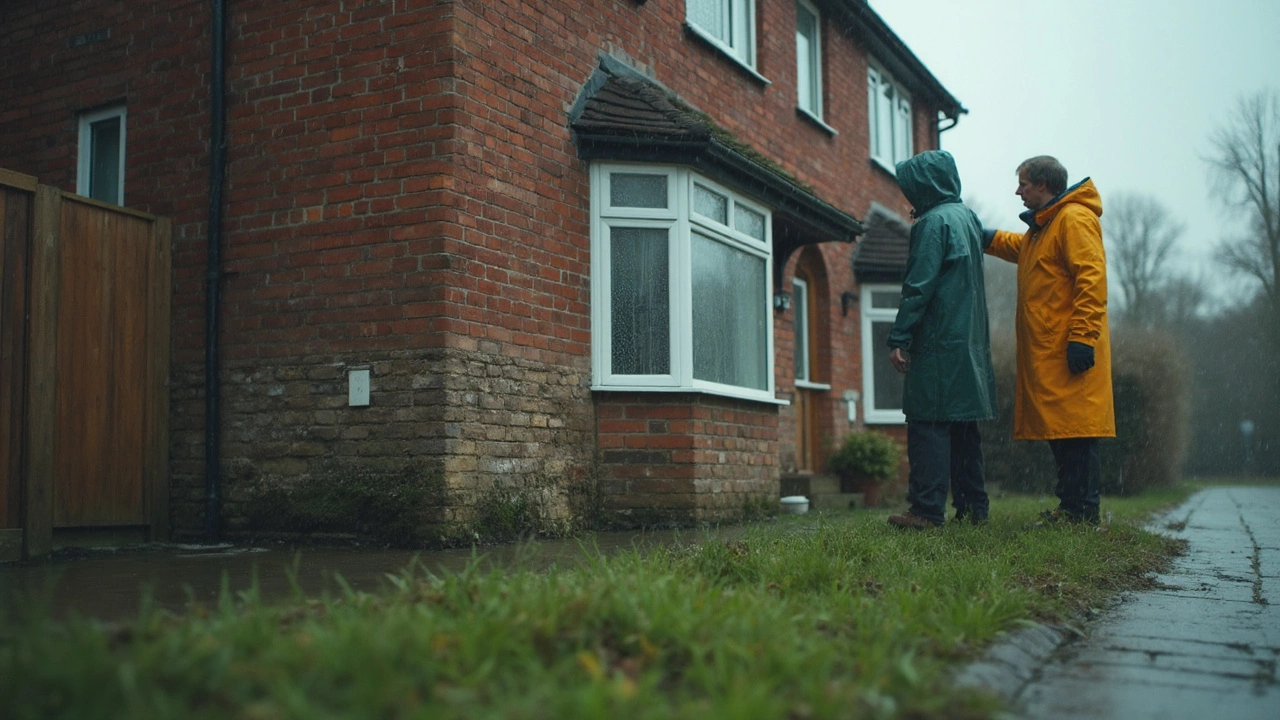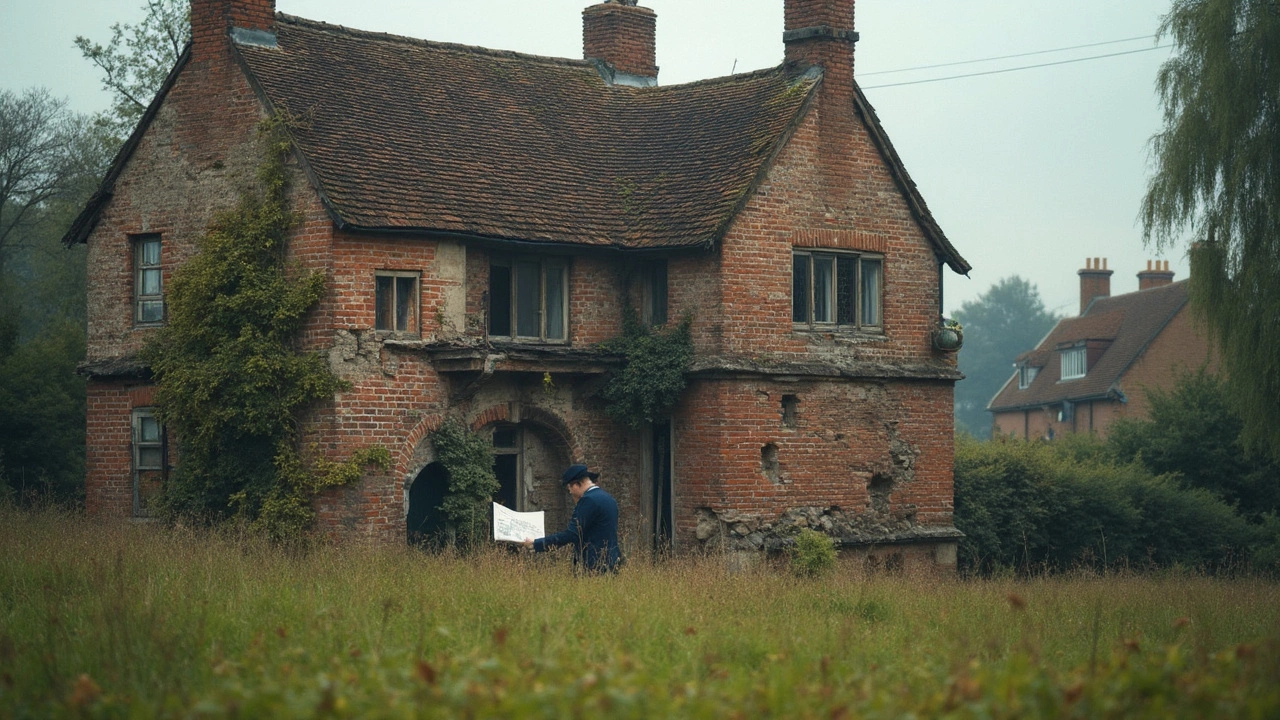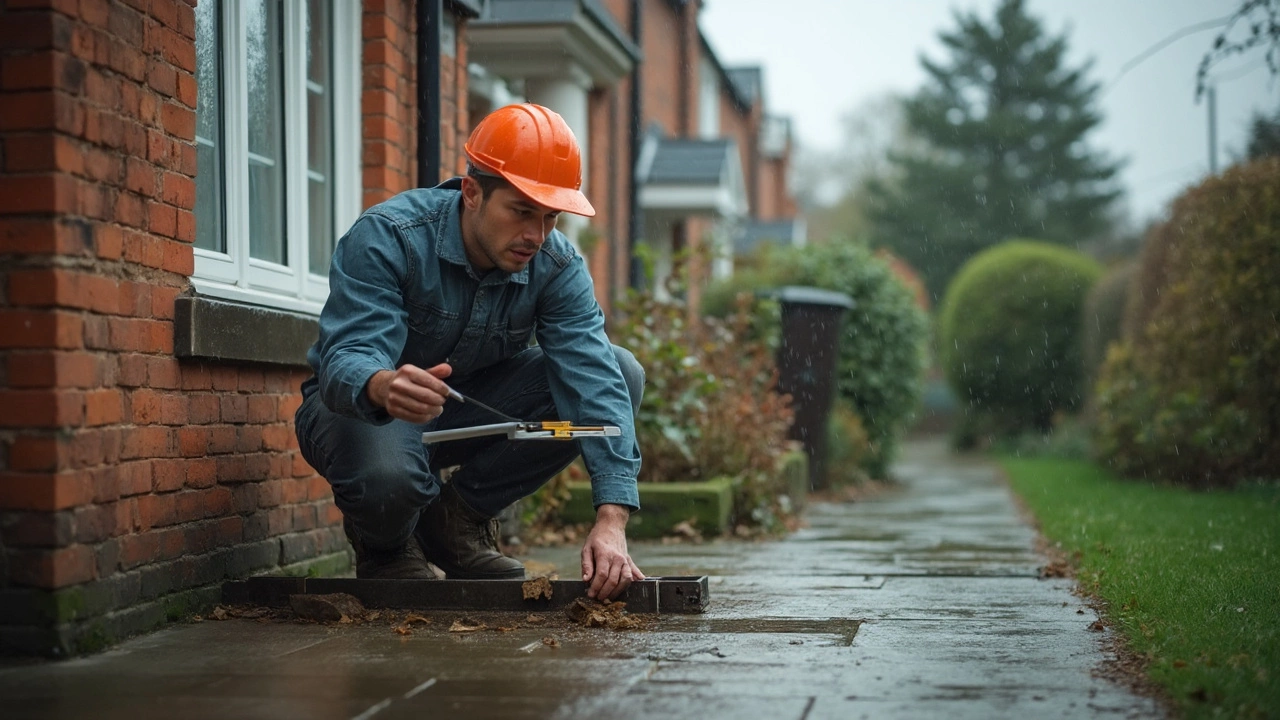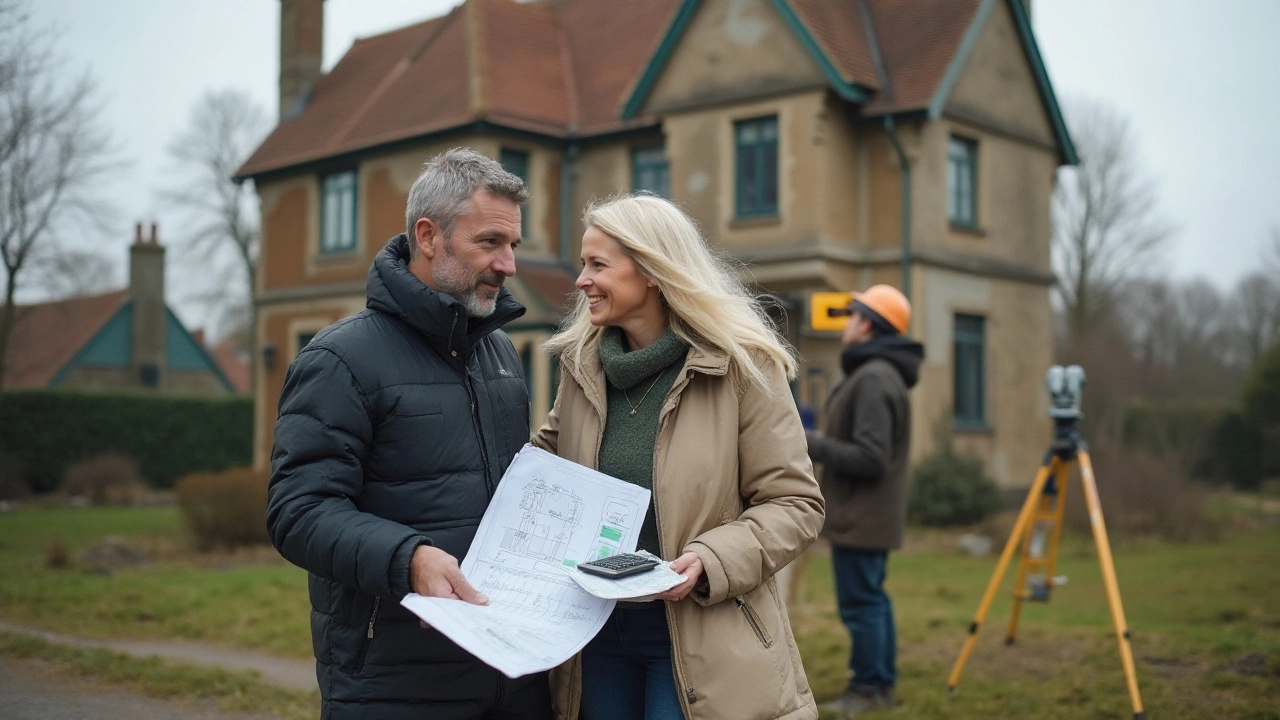Structural Issues: How to Spot and Fix Common Building Problems
Ever walked into a room and noticed a weird crack in the wall or a floor that feels a bit off? That’s a red flag that the structure of your home might be sending out a SOS. You don’t need an engineering degree to catch the basics – just a keen eye and a few quick checks.
Common Signs of Structural Damage
Cracks are the most obvious sign, but not all cracks are created equal. Hairline cracks that appear straight and narrow often happen as a building settles – they’re usually harmless. Wide, jagged cracks that grow over weeks, especially around windows, doors, or the foundation, suggest movement that needs attention.
Look at the floors, too. If the floor feels bouncy, or you see horizontal cracks in the foundation, the load‑bearing walls could be shifting. Uneven doors, windows that stick, or walls that tilt are also clues that the skeleton of the house is under stress.
In new builds, new‑build cracks are common during the first year as the concrete cures and the structure settles. The key is monitoring: measure the crack’s width, note its direction, and track any changes. If a crack widens more than a millimetre a month, call a professional.
Practical Fixes and When to Call a Pro
For minor hairline cracks, a simple DIY repair works. Clean the crack, apply a flexible filler, and smooth it out. Paint over it once it cures. This won’t stop big structural problems, but it does keep moisture out and looks tidy.
When you spot wider cracks or any movement in the foundation, it’s time to bring in a specialist. They’ll assess the soil conditions, check for settlement, and recommend the right repair method – from epoxy injection for small gaps to underpinning for serious foundation shifts.
Roof work can also trigger structural stress. If you’ve recently had a roof replaced and notice new cracks, the added weight or improper installation might be the cause. A qualified roofer or structural engineer can verify if the trusses are properly supported.
Don’t ignore water damage. Leaking pipes, especially around bathrooms, can erode support beams and cause hidden cracks. Regularly check under sinks and around showers for signs of moisture.
Finally, keep a log of all observations. Write down where you see cracks, their size, and when you first noticed them. Photographs taken from the same angle over time create a visual record that helps professionals diagnose the issue faster.
By staying alert to these signs and acting early, you can save a lot of money and keep your home safe. If you ever feel unsure, reach out to a trusted plumbing or construction service – they’ll guide you through the next steps and ensure the job’s done right.




